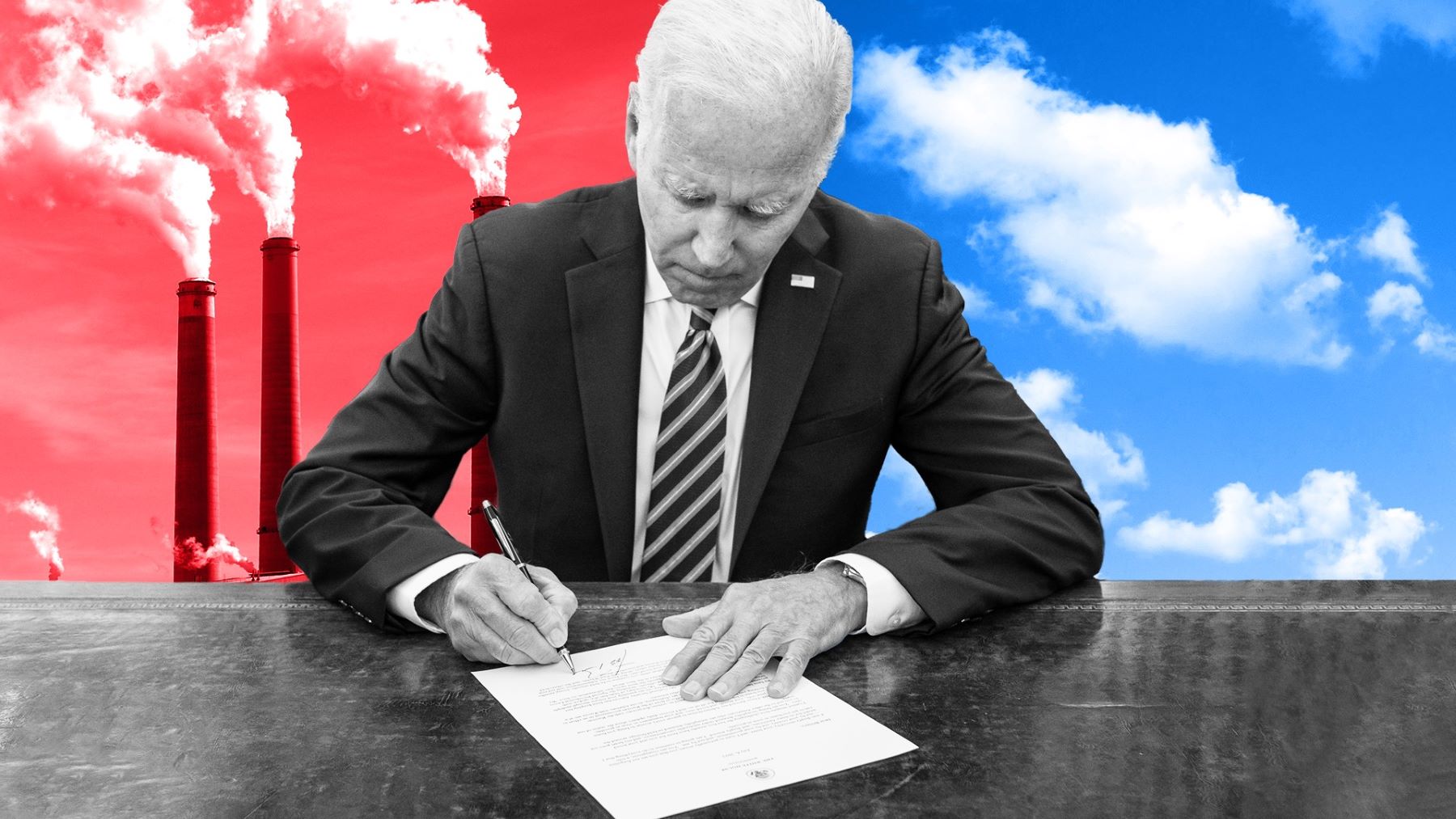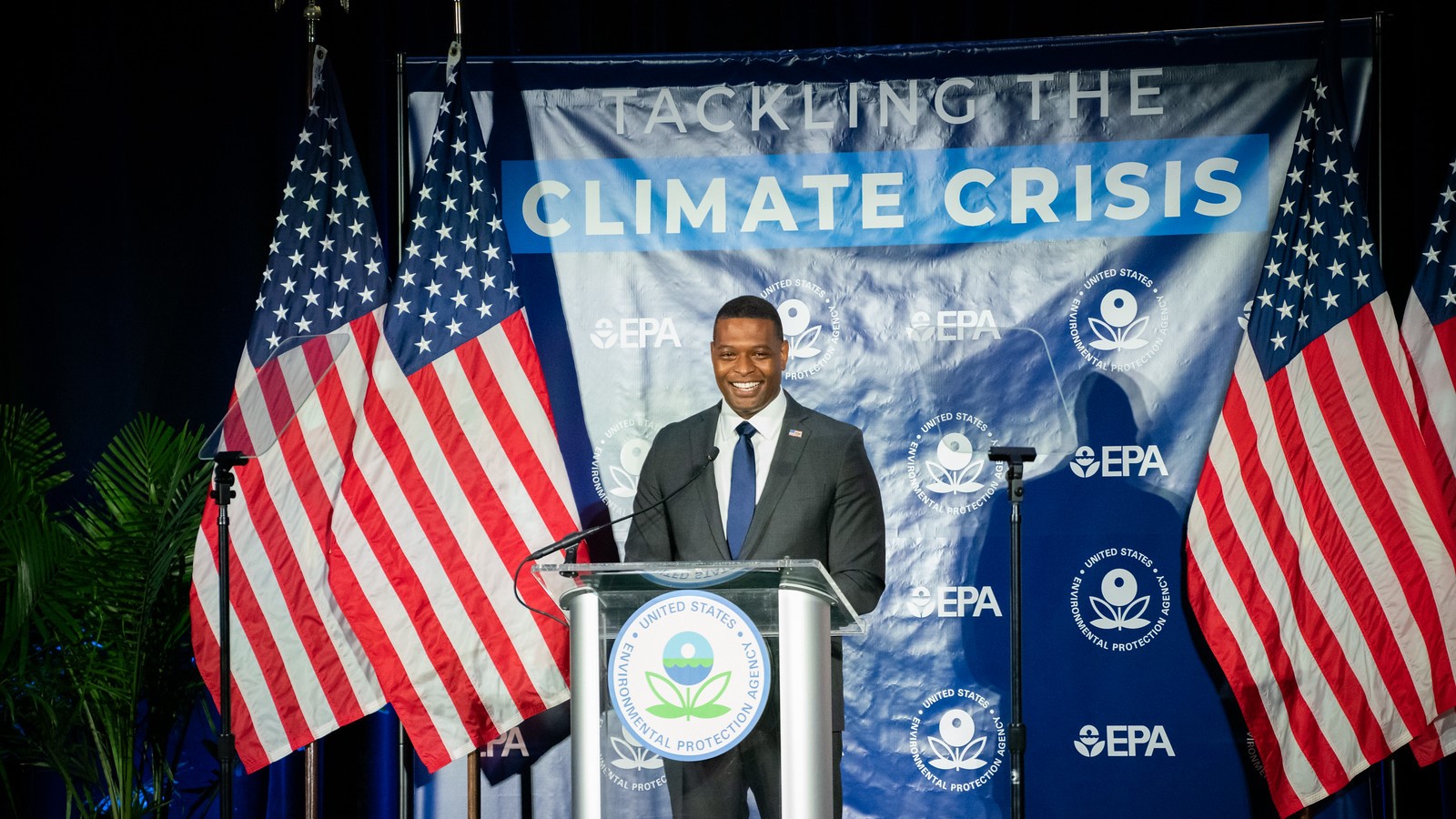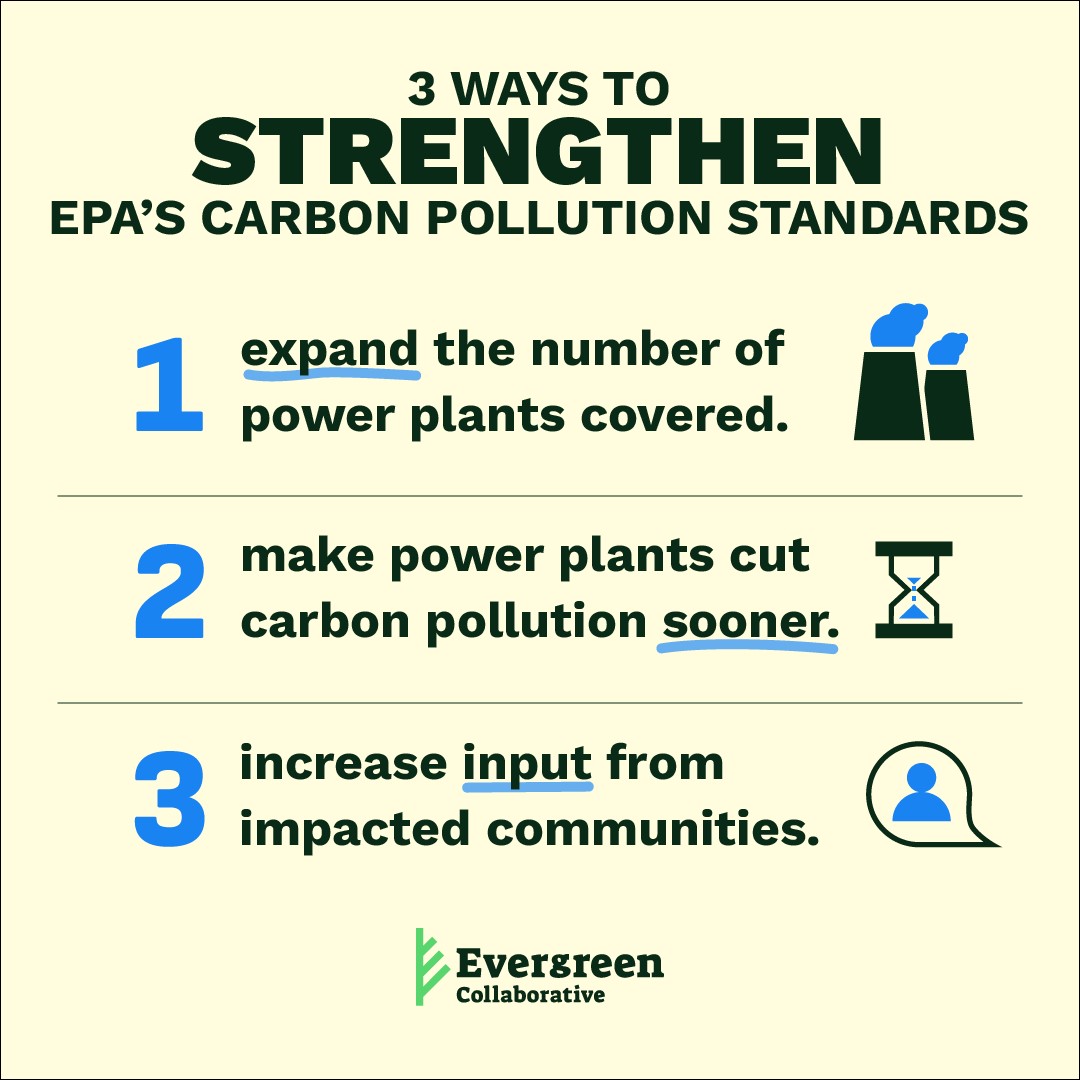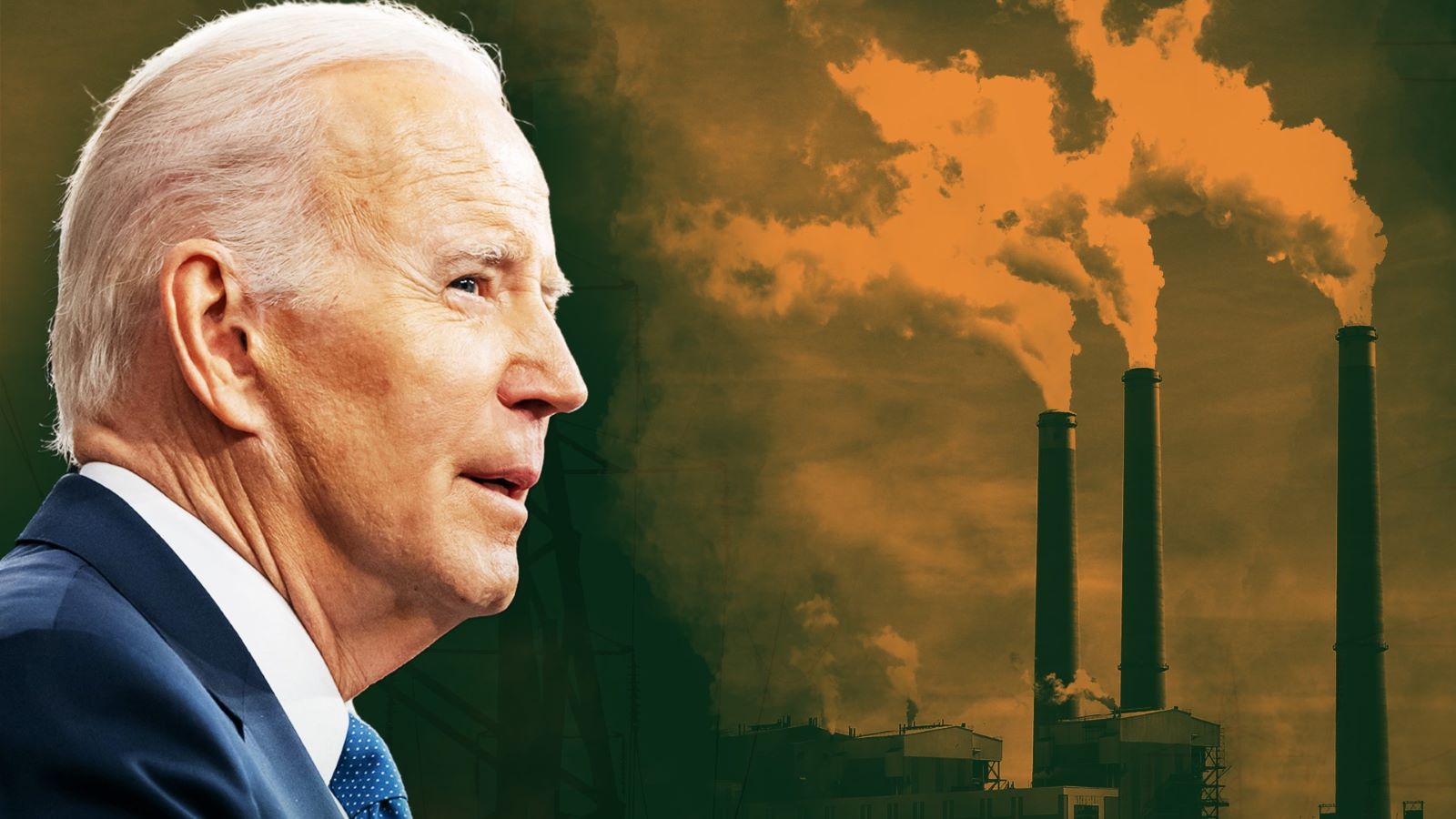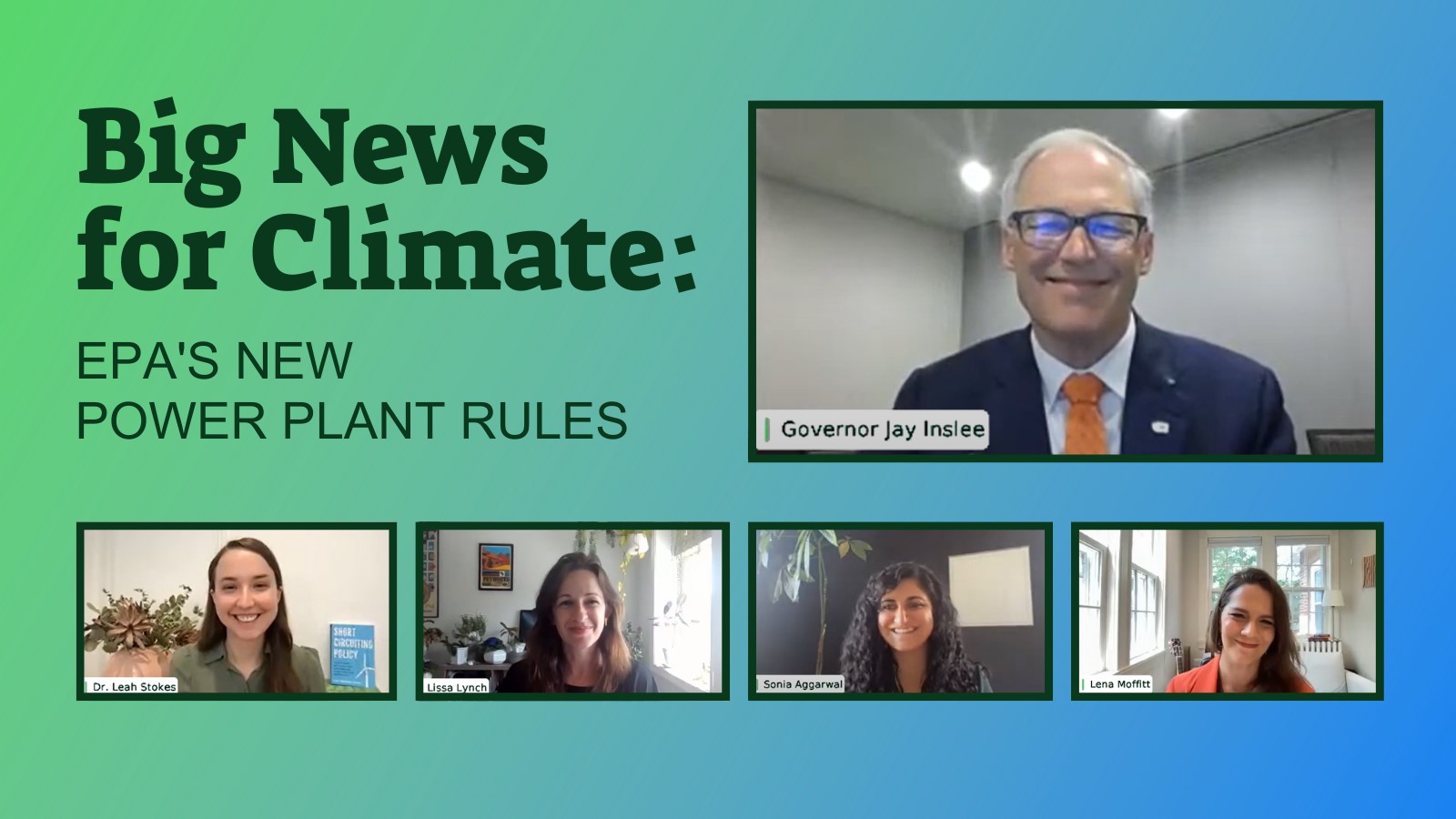These proposed rules represent a positive first step. All the elements of a strong rule are in place. However, EPA can go further, faster, in reducing carbon pollution. The agency is now taking public comment on its proposal before finalizing these rules early next year. Here are three ways the rules must be strengthened.
1. Expand the number of power plants covered
Currently, most existing gas plants would be left totally unregulated by EPA’s proposal. The agency must strengthen this provision.
Under the rule as proposed, only the largest plants that run at least half the year would be regulated, leaving the majority of gas plants around today totally unregulated at the federal level. That leaves major pollution reductions on the table.
EPA estimates that only 14 percent of gas plants, producing 23 percent of gas generation, would be covered by the existing gas rule when requirements begin in 2035. That means the vast majority of gas plants would be left unregulated unless EPA tightens up the rule. Today, gas plants emit 44 percent of power-sector carbon pollution—but that number is predicted to rise to 74 percent by 2030 as emissions from coal plants decrease.
EPA is considering lowering the thresholds for gas plants regulated by these rules. If the capacity limit was lowered from 300 MW to 100 MW, then 78 percent of 2035 gas generation would be covered instead of 23 percent, according to EPA’s own analysis. NRDC estimates that lowering the capacity limit to 100 MW and the capacity factor limit from 50 to 40 percent would cover 84 percent of 2022 emissions from gas plants, compared to 29 percent under the proposal. The agency must do so.
2. Speed up compliance schedules
The proposal contains long compliance timelines that sometimes don’t require full compliance until 2030, 2035, or later. EPA should move these deadlines forward to better protect the health and welfare of Americans from the climate crisis.
New gas plants would not be required to reduce carbon pollution significantly until 2035, allowing these plants to come online in the meantime without abatement technology. Plants that are still being planned can and should take advantage of available modern technology right now. EPA should require 90 percent emissions reductions for new plants starting immediately—or risk significant new gas plants being built that increase climate pollution when we must be reducing it.
As proposed, coal plants could operate without meaningful reductions to their carbon pollution for years as long as they retire before 2040. If plants retire by 2032, they can maintain routine operations. If they retire between 2032 and 2035, they must limit their runtime to 20% of the year. If they retire between 2035 and 2040, they must co-fire their coal boilers with 40 percent natural gas, which leads to only a 16 percent reduction in carbon pollution. This timeline is unacceptable. If EPA creates carve outs for retiring coal plants, the deadline to retire should be in the near term. Even the utility lobby has advocated for a retirement exemption through only 2028.
For existing gas plants, full compliance would not be required until at least 2035. That deadline should also be moved forward to 2030.
